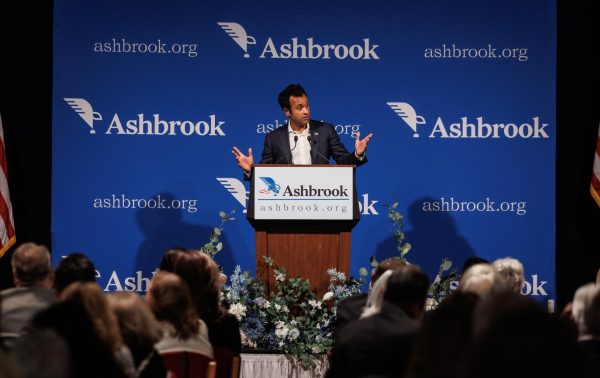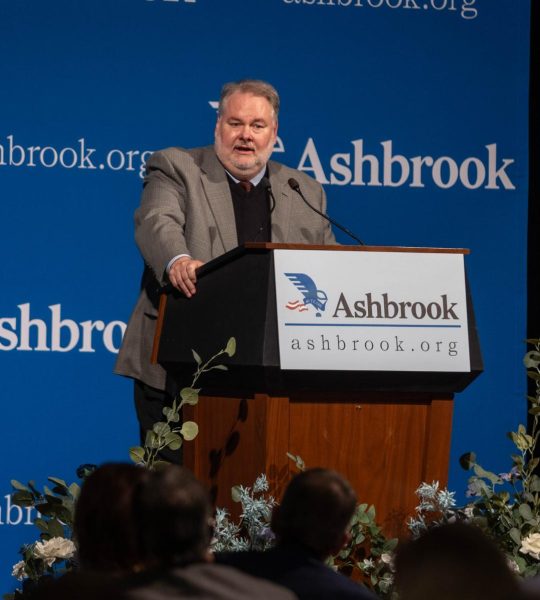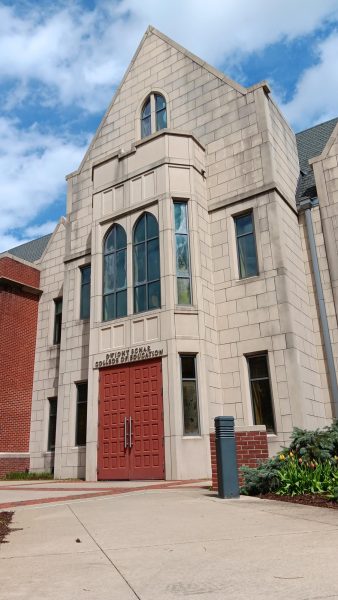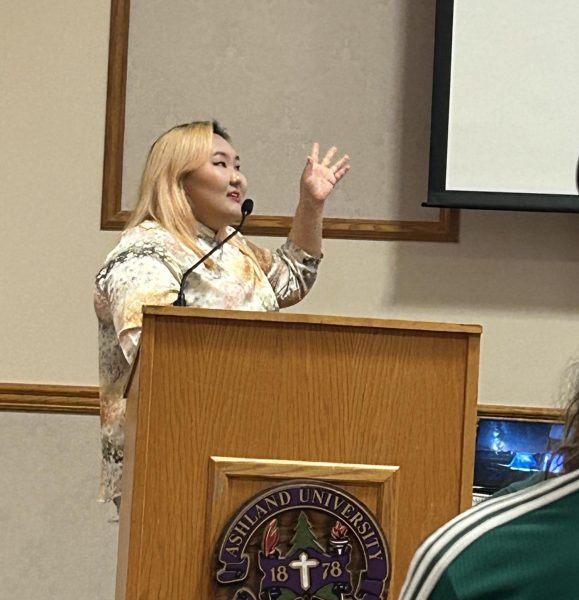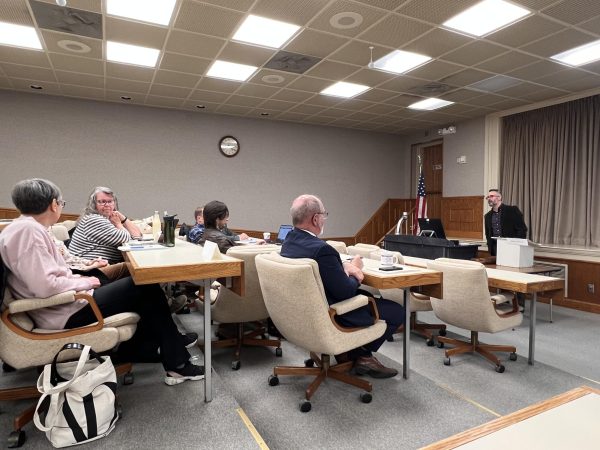15 faculty cut for 2015-16
October 2, 2014
Fifteen untenured faculty members were notified that they would not be teaching at Ashland University for the 2015-16 academic year. The cuts were made across all four academic colleges.
Interim President Dr. William Crothers said that in addition to these cuts, some vacant positions have been eliminated and retirements are coming as well. However, he said, the retirements are unpredictable.
Crothers declined to disclose a list of faculty and the positions that were cut.
The Collegian reached out to many faculty and students for reaction, but nearly everyone refused to comment out of fear of possible repercussions.
Crothers said that if anyone else in the institution decides to leave, their position will not automatically be replaced.
He said that no more cuts would be made this year.
Students reacted swiftly on social media.
“I’d rather keep my $30,000 a year than not get the most out of my education with a great professor,” one anonymous Yik Yak poster said.
“When AU dropped tuition they said they weren’t making any cuts in doing so,” another said. “Now they’re firing professors to drop the cost of operation.”
Recent alumna and former Student Senate president Victorialyn Keay said the cuts kill the university’s liberal arts tradition.
“It would appear that the liberal arts tradition, which the university claims to uphold is in fact being discriminated against,” Keay said. “Where is ‘Accent on the Individual?’”
Students’ main concerns center on how their education is going to be impacted knowing that faculty members are on edge. They are also concerned as to whether professors who are being cut are going to be 100 percent invested in their classes, given the fact they now also have to look for a new job.
“I understand that the teachers are staying until the end of the spring semester,” said sophomore Kara Cousins, “but the job market for university professors is super select and if any of these professors want to keep teaching, they are going to focus on getting a new job right now, not the students.”
Crothers said the faculty cuts were operational decisions, arguing that over time, the university has hired too many people. Crothers said the reductions, which come with savings of about $1.7 million, equal 1 percent of the operational budget. Assuming the university’s budget is still in the range of about $130 million as it was in 2012-13, that $1.7 million would equal about 1.3 percent of the overall budget.
“We looked carefully at the financial productivity of various departments and faculty,” Crothers said in terms of the criteria of the cutting process. “We spent time analyzing data… that informed us where we needed to cut but not who.”
The process of deciding who was cut was a collaborative effort between the interim president, provost, administrators, and the deans of academic colleges.
After analyzing numbers within departments, these targets for faculty reduction were given to college deans. With the recommendations of the team of trustees and individuals like Crothers and Fiore, the deans revised those recommendations on what they knew about the individuals and plans for the departments.
Crothers also said that the academic prioritization process, which is also taking place, is a “whole other exercise” and did not have influence on the non-renewing of 15 faculty contacts.
“It’s all strategic,” says Crothers. “We are not cutting the budget when we do the prioritization, we are simply reallocating money… whereas I am cutting the budget and getting us back to a solid financial state.”
Though AU is not saving money this year, these faculty cuts are said to help balance the budget for the next academic year.
According to Crothers, two reductions have been made since his arrival including a $2.1 million budgeting reduction in the areas of travel, hospitality, and supplies as well as a reduction by the cutting of six staff positions that the university is choosing not to refill.
The $1.7 million saved in cuts and retirements, creates financial flexibility that will “move us away from the edge” and help fund new expenses according to Crothers.
Being an institution heavily dependent on tuition, keeping up enrollment is one of the major goals.
“We have allocated additional money for marketing…added one admissions counselor… to grow the traditional student population,” said Crothers.



